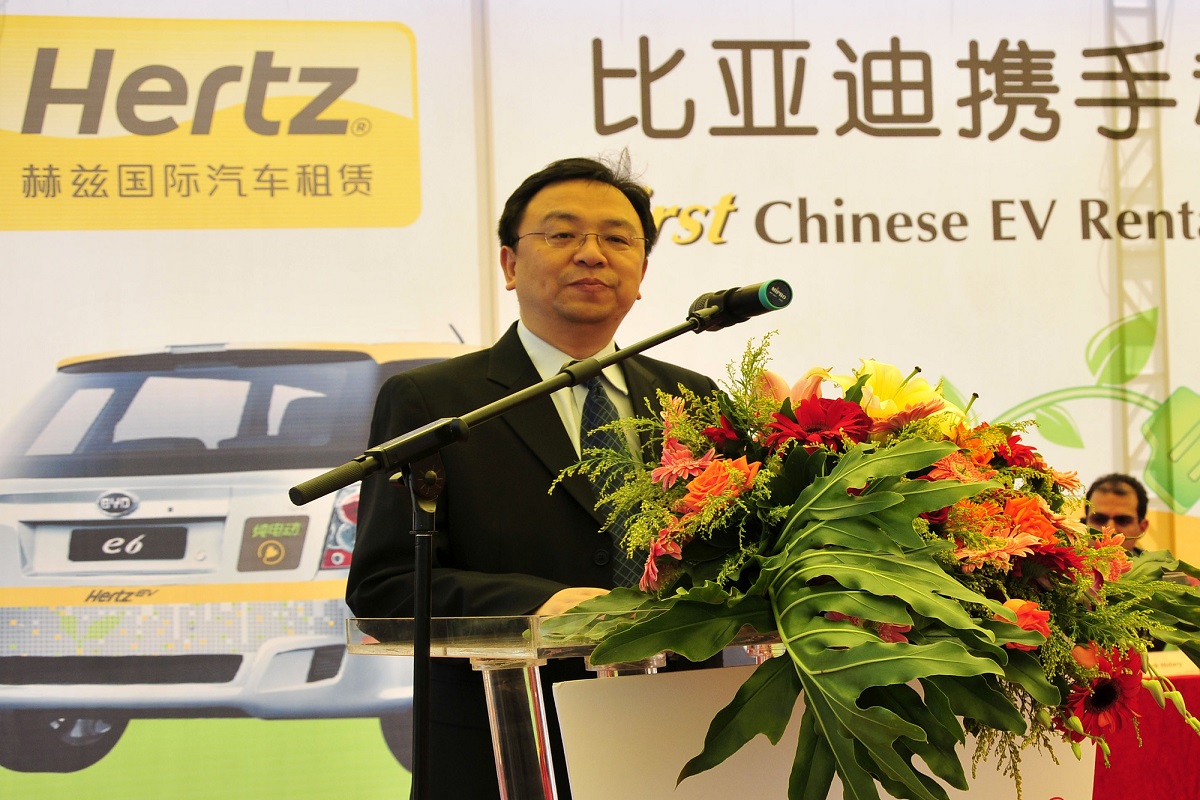China has rapidly transformed from a domestic car market powerhouse into a global automotive giant, challenging established brands. With cutting-edge technology, aggressive pricing, and strategic expansions, Chinese automakers are leaving a significant mark worldwide. Many consumers and industry experts were initially skeptical, but China’s vehicles are proving to be both innovative and highly competitive. From electric vehicles to budget-friendly options, their reach is expanding at an unprecedented rate.
Dominating the Electric Vehicle Market

China leads the world in EV production, with companies like BYD and NIO outpacing Western competitors. Their government-backed initiatives and advanced battery technology have allowed them to produce affordable, high-quality electric cars. As sustainability becomes a global priority, Chinese EVs are increasingly being adopted in Europe, Asia, and beyond.
Competitive Pricing that Rivals Established Brands

Chinese automakers strategically price their vehicles lower than their Western and Japanese counterparts. By leveraging cost-efficient manufacturing and government subsidies, they offer high-quality models at affordable prices. This aggressive pricing makes their cars more accessible to a wider audience, accelerating their global reach.
Advanced Battery Technology

China is a leader in battery innovation, producing high-capacity, long-lasting lithium iron phosphate (LFP) batteries. These batteries offer better safety, lower costs, and longer lifespans compared to traditional lithium-ion alternatives. Their advancements in battery technology have given Chinese automakers a major edge in the EV market.
Strategic Acquisitions of Legacy Brands

Chinese companies have acquired struggling Western car brands, reviving them with new technology and production efficiencies. Brands like Volvo (owned by Geely) and MG (owned by SAIC) are thriving under Chinese ownership. These acquisitions provide instant credibility and access to global markets.
Related: 13 Fascinating Cars From 1925 That Defined An Era
Rapid Expansion Into Global Markets

China is aggressively expanding its automotive exports to Europe, South America, and Africa. By setting up local production facilities and partnerships, they are making their vehicles more attractive to international consumers. Their ability to meet different market demands has helped solidify their presence worldwide.
Related: 11 Capri Prototypes That Never Saw The Light Of Day
Government Support and Subsidies

The Chinese government provides substantial support to automakers through subsidies, tax breaks, and research funding. This backing allows manufacturers to invest in innovation while keeping costs low. Such policies give Chinese brands an unfair advantage over competitors in countries with fewer incentives.
Related: 11 Classic Cars That Resemble Hatchbacks But Aren’t
Cutting-Edge Autonomous Driving Technology

Chinese automakers are heavily investing in AI and autonomous driving technology to compete with Tesla and other industry leaders. Companies like XPeng and Huawei are pioneering advanced driver-assistance systems. Their rapid technological advancements are setting new industry standards.
Related: 11 Classic Cars That Resemble Hatchbacks But Aren’t
High-Tech Interiors and Smart Features

Many Chinese cars come equipped with state of the art interiors featuring massive touchscreens, AI-powered voice controls, and luxury materials. These features, once exclusive to high-end brands, are now standard in many budget-friendly Chinese models. This combination of affordability and technology is attracting younger, tech-savvy buyers.
Related: 12 Cars With The Best-Looking Rear Designs
Strong Presence in Emerging Markets

Chinese automakers have successfully penetrated emerging markets where Western brands struggle to compete. Their ability to offer affordable, durable, and fuel-efficient cars makes them popular in regions like Africa, South America, and Southeast Asia. This growing presence is helping them secure a foothold in global transportation networks.
Related: 13 Amazing Cars With Rear Engines
Customizing Vehicles for Different Markets

Chinese automakers adapt their vehicles to meet the specific needs of different markets. Whether it’s adjusting emissions standards for Europe or reinforcing vehicle durability for African roads, they cater to diverse consumer demands. This flexibility makes their cars more appealing across multiple regions.
Related: 15 Legendary Two-Seaters That Defined Automotive History
Establishing Local Manufacturing Hubs

To reduce tariffs and gain trust, many Chinese car companies are opening manufacturing plants abroad. This approach not only lowers costs but also creates jobs, winning over local governments and consumers. By assembling cars closer to their target markets, they improve logistics and customer service.
Related: 15 Legendary Two-Seaters That Defined Automotive History
Threatening Western Automakers’ Market Share

As Chinese cars continue to gain popularity, established Western brands are feeling the pressure. Many automakers are scrambling to compete by lowering prices, enhancing features, and increasing production efficiency. The rapid rise of Chinese brands is forcing the global automotive industry to evolve at an unprecedented pace.
Related: 11 Classic Fiberglass Cars You Didn’t Know Came From Big Brands
China’s automotive industry has gone from being an imitator to an innovator, challenging the dominance of Western and Japanese brands. With advancements in electric vehicles, affordability, and cutting-edge technology, Chinese cars are reshaping the global market. As they continue expanding into new regions and refining their offerings, their influence will only grow stronger. The future of the auto industry is being rewritten, and China is leading the charge.
Disclaimer: This list is solely the author’s opinion based on research and publicly available information.
11 Biggest Automotive Design Flaws in History

Throughout automotive history, manufacturers have made design decisions that, in hindsight, proved to be disastrous. From poor engineering choices to outright safety hazards, some vehicles left owners frustrated and automakers scrambling to fix their mistakes. Whether it was an unreliable feature, a dangerous flaw, or a poorly executed concept, these design missteps serve as cautionary tales. Here are 11 of the biggest automotive design flaws that made headlines for all the wrong reasons.
Read it here: 11 Biggest Automotive Design Flaws in History
13 Obscure German Automakers That Built Incredible Cars

Germany is known for producing some of the finest automobiles in the world, with brands like BMW, Mercedes-Benz, and Porsche leading the industry. However, beyond these giants, many lesser-known German manufacturers have built incredible cars that deserve recognition. These companies often pushed the boundaries of design, engineering, and performance, leaving a lasting impact on the automotive world.
Read it here: 13 Obscure German Automakers That Built Incredible Cars
12 Underrated Japanese Cars That Just Won’t Die

Japanese automakers are known for their engineering excellence, and some of their cars have gained legendary reputations for reliability and longevity. While certain models like the Toyota Corolla and Honda Civic receive endless praise, others quietly keep going for hundreds of thousands of miles without much fanfare. These underrated Japanese cars may not always be in the spotlight, but they have proven their durability time and time again. Here are 12 reliable Japanese cars that refuse to die.
Read it here: 12 Underrated Japanese Cars That Just Won’t Die


